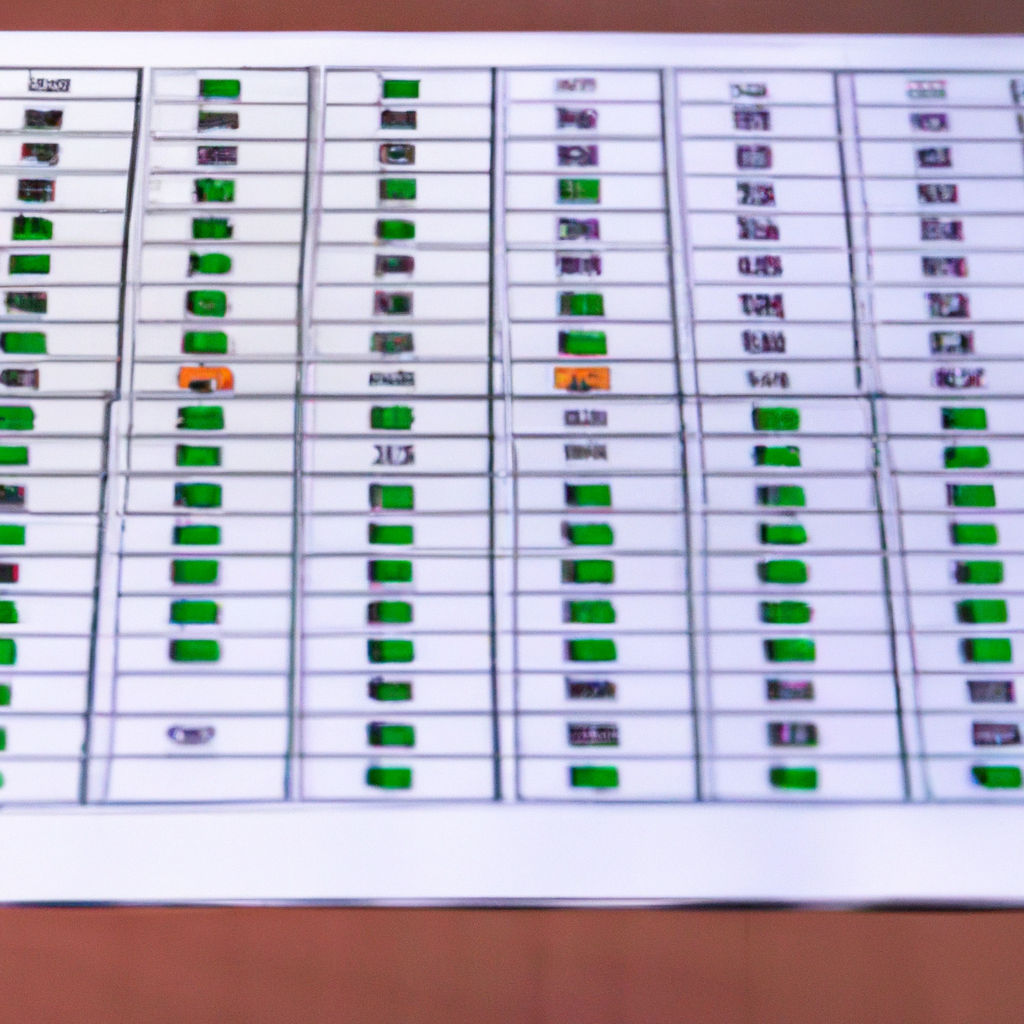Teaching mathematics can be a challenging task, especially when children have learning difficulties like dyscalculia. Dyscalculia is a specific learning difficulty that affects a person’s ability to understand and work with numbers. Children with dyscalculia struggle with basic numeracy skills, such as counting, adding, and subtracting, which can lead to difficulties in math education. In this article, we will discuss some effective strategies for teaching mathematics to children with dyscalculia.
Understanding Dyscalculia
Dyscalculia is a learning difficulty that affects around 5-7% of the population. It is a neurological condition that affects the brain’s ability to process and understand numbers. Children with dyscalculia often struggle with basic numeracy skills, such as counting, recognizing numbers, and understanding basic math concepts. Dyscalculia can also affect a child’s ability to tell time, understand money, and estimate quantities.
Effective Strategies for Teaching Mathematics to Children with Dyscalculia
1. Multisensory Learning
Multisensory learning is a teaching approach that involves using multiple senses to teach a concept. For example, using manipulatives like blocks, cubes, or counters to teach addition and subtraction can help children with dyscalculia understand math concepts better. This approach engages different parts of the brain and helps children learn through hands-on experiences.
2. Visual Aids
Visual aids such as charts, diagrams, and pictures can help children with dyscalculia understand math concepts better. For example, using a number line to teach addition and subtraction can help children visualize the process and understand the concept. Visual aids can also help children with dyscalculia identify number patterns and relationships, which can enhance their understanding of math.
3. Breaking Down Concepts into Smaller Parts
Breaking down math concepts into smaller parts can help children with dyscalculia understand the process better. For example, breaking down the concept of multiplication into repeated addition can help children understand the process and apply it to larger numbers. It is essential to start with basic concepts and gradually build up to more complex ones.
4. Frequent Practice and Repetition
Frequent practice and repetition are essential for children with dyscalculia to master math concepts. It is essential to provide opportunities for children to practice math skills regularly. This approach can help children build confidence and develop a deeper understanding of math concepts.
5. Use Real-Life Examples
Using real-life examples can help children with dyscalculia understand the relevance of math in everyday life. For example, using money to teach addition and subtraction can help children understand the concept and apply it to real-life situations. Using real-life examples can also help children develop problem-solving skills and critical thinking.
6. Positive Reinforcement
Positive reinforcement is a teaching approach that involves rewarding children for their efforts and achievements. Praising children for their hard work and progress can boost their confidence and motivation to learn. It is essential to provide positive feedback and encouragement to children with dyscalculia to help them develop a positive attitude towards math.
Conclusion
Teaching mathematics to children with dyscalculia can be challenging, but with the right strategies, it is possible to help them develop numeracy skills. Multisensory learning, visual aids, breaking down concepts into smaller parts, frequent practice and repetition, using real-life examples, and positive reinforcement are some effective strategies for teaching math to children with dyscalculia. It is also essential to provide a supportive and inclusive learning environment that meets the unique needs of children with learning difficulties. With these strategies in place, children with dyscalculia can develop a deeper understanding of math concepts and build confidence in their numeracy skills.







